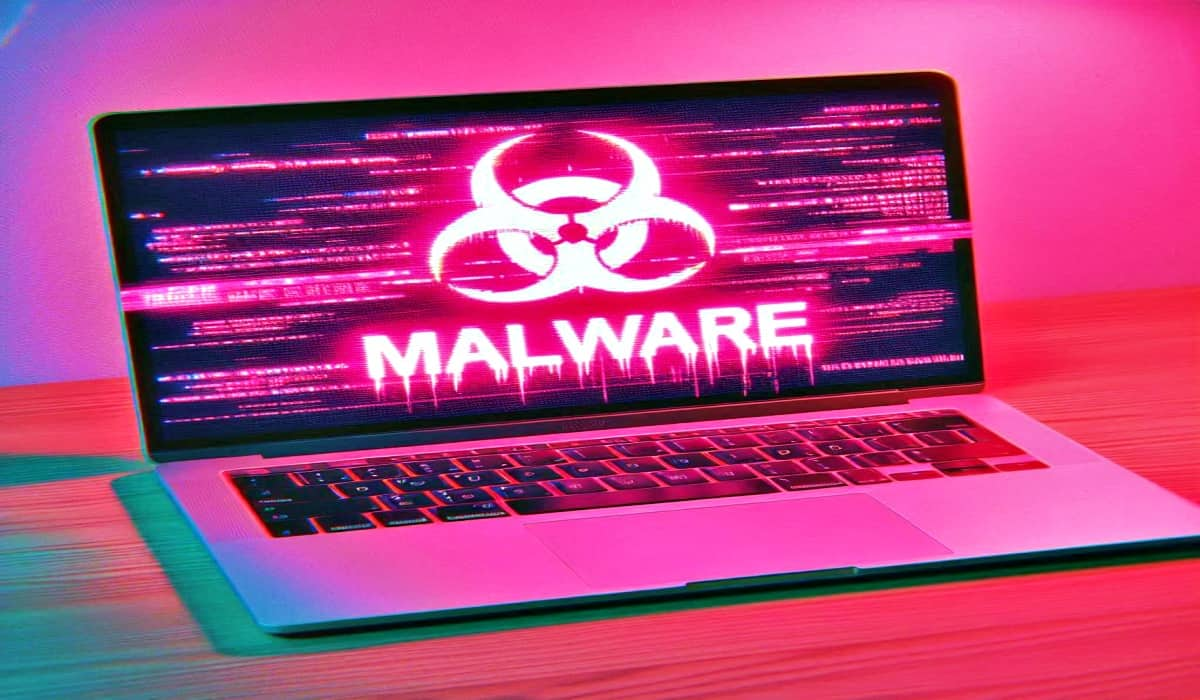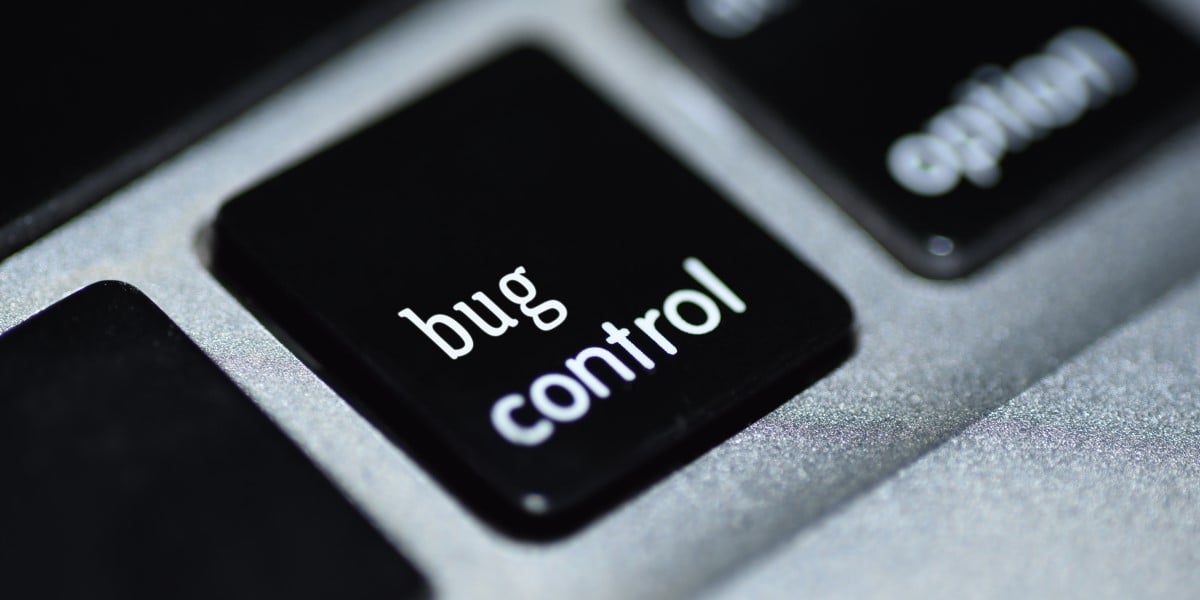BOOK THIS SPACE FOR AD
ARTICLE ADThis article has been indexed from CircleID: Cybercrime
Content not available.
Please allow cookies by clicking Accept on the banner
It was not without a little trepidation that I planned the 2nd DNS Abuse Institute Forum to focus on the long-standing and often contentious definitional issues surrounding DNS Abuse. While the risk of getting stuck in the usual entrenched positions was real, it seemed to me that we had an opportunity to provide some clarity and if not change minds, at least provide perspective.
To accomplish this, it seemed important to move the conversation away from the abstract and to focus on real examples of abuse. The goal of these examples was to make clear what abuse looked like in practice, what evidence is often available, and on what basis would a Registry or Registrar need or have the ability to make a choice. Our panelists, Maciej Korczynski, Farzaneh Badiei, and Mason Cole did an exceptional, and entertaining, job of walking us through their perspectives.
Maciej Korczynski, an Assistant Professor at the University of Grenoble in France, and recent appointee to the DNS Abuse Institute’s Advisory Council, started the panel with a deep dive on DNS Abuse. Maciej raised a number of key points often missing from discussions of DNS Abuse. First, that mitigation needs to involve more than just the Registrar or Registry, but also the hosting provider or other involved internet infrastructure providers. Another key insight from Maciej’s presentation was the distinction between maliciously registered domain names and sites that have been compromised. From his research, it appears that a substantial number of domains involved in DNS Abuse, more than half of the domains involved in malware distribution, were attached to compromised websites. The implication of this distinction is that intermediaries like Registries and Registrars should employ different approaches to mitigation appropriate to the type of harm and whether the registration
[…]
Content was cut in order to protect the source.Please visit the source for the rest of the article.
.png)















 Bengali (Bangladesh) ·
Bengali (Bangladesh) ·  English (United States) ·
English (United States) ·